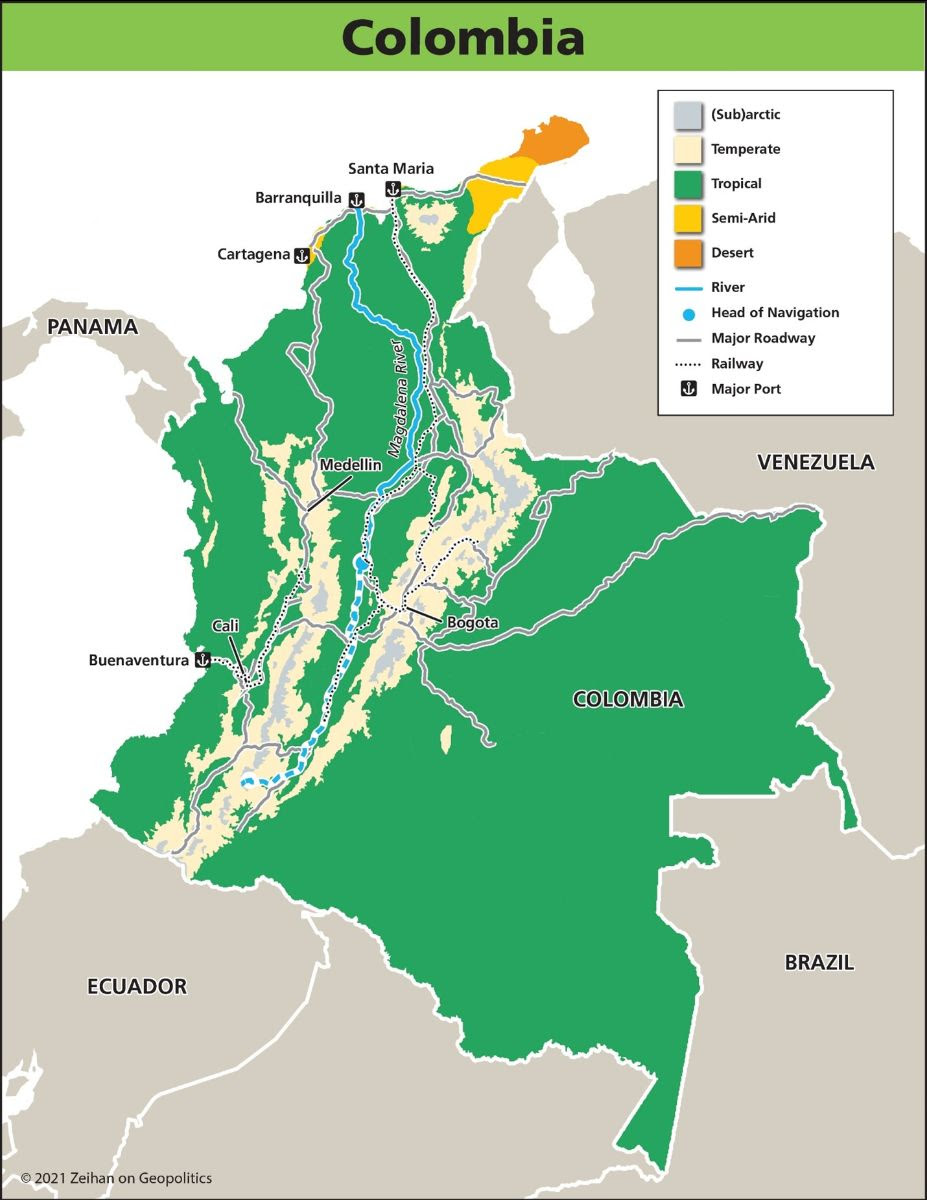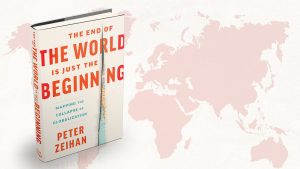My fourth book, The End of the World Is Just the Beginning: Mapping the Collapse of Globalization is scheduled for release on June 14. In coming weeks we will be sharing graphics and excerpts, along with info on how to preorder.
Globalization peaked at some point in the 2010s, a decade when global populations were in balance, security for transport was a non-concern, and there was sufficient capital to finance anything and everything. But between COVID and a trio of populist American presidents and the Ukraine War and rapidly aging populations, the world is moving on. Or arguably, it is reverting to something similar to what existed before large-scale global trade.
Such (d)evolutions will benefit and harm any number of countries. The NAFTA trio of Canada, the United States and Mexico will certainly do well. Collectively, the three check all the boxes: limited security concerns, ample energy and refining capacity, massive agricultural surpluses, in-place infrastructure, and the world’s most balanced demographics.
But perhaps the country that will benefit most in relative terms isn’t even in North America: Colombia. Energy self-sufficient? Check. Proximate to the North American market? Check. Broadly educated population? Check. Great labor cost-points? Check.
Colombia’s biggest weakness is its local geography. Most of the population lives on the slopes of its V-shaped mountain ranges. That necessitates significant infrastructure to push goods up and down the elevation bands. Check out the below graphic from the manufacturing chapter of my upcoming book, The End of the World is Just the Beginning.
Normally, such rugged topography would be a deal-killer, and indeed in the globalized era Colombia’s value-added manufacturing sector hasn’t been…great. But the global economic geography is changing. Traditional manufacturing centers like China are imploding, would-be replacements like India are a world unto themselves, while Mexicans have become so skilled that they are no longer competitive at the lower skilled work that once dominated the maquiladoras of the US-Mexican border. To put it bluntly, Mexico now needs a Mexico, and Colombia is by far the best candidate.








